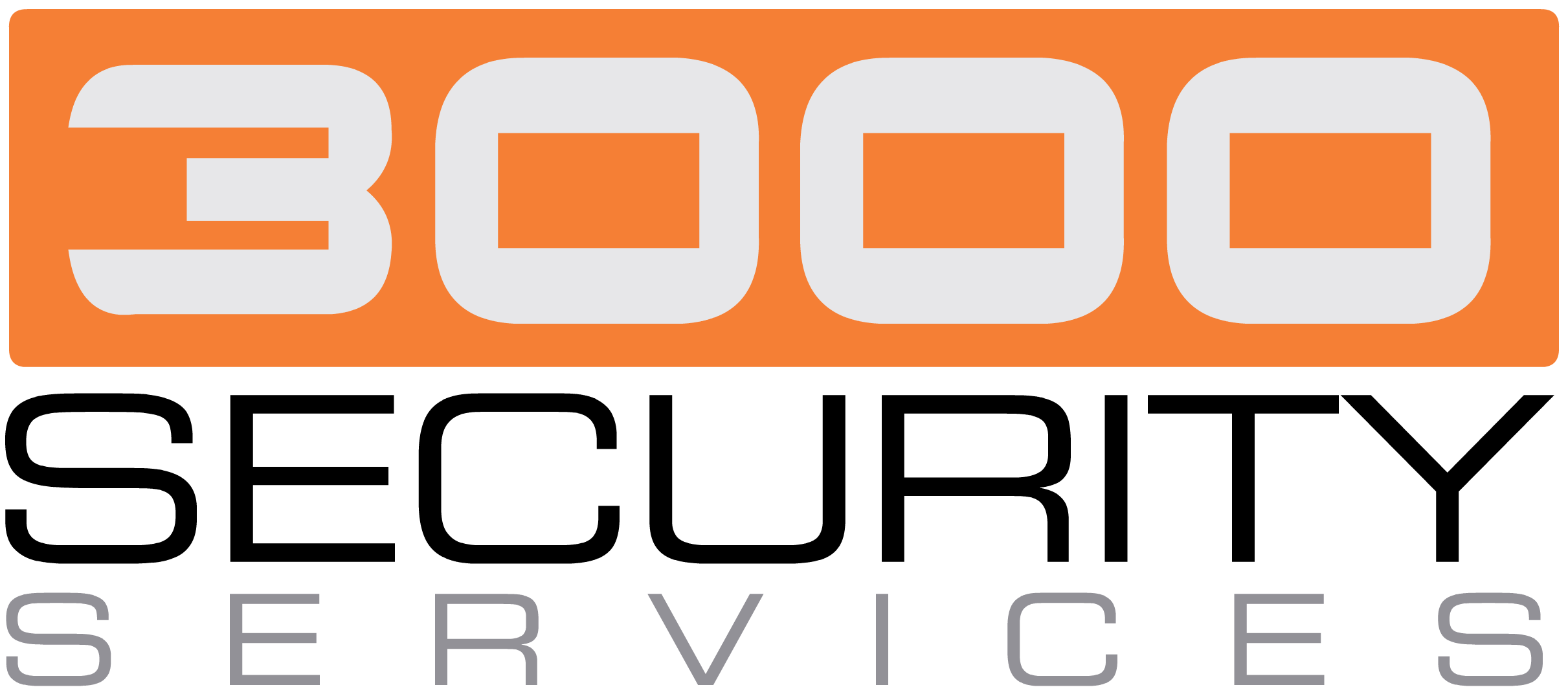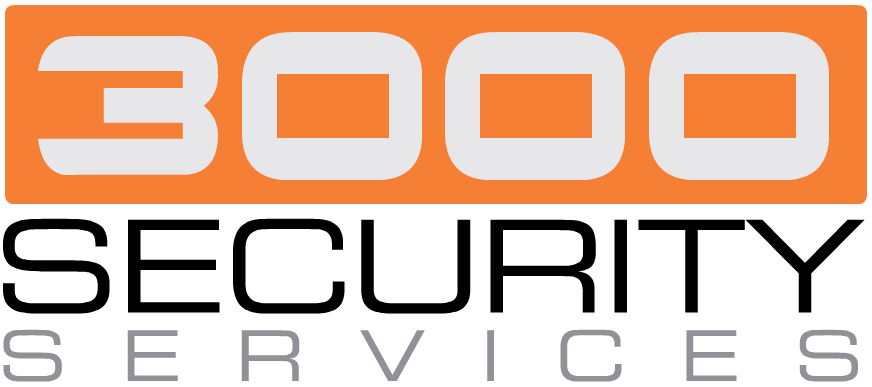You might already know about the importance of a fire risk assessment and why such an assessment is needed. But what are the key points to consider when conducting one? In order to help you begin to write a report, we have put together this five-point checklist.
Fire Risk Assessment: A 5-point checklist
(1) Identify the fire hazards
Identify any possible sources of ignition. Some might be obvious while others might be less obvious. Think about both sources of ignition and fuel and make sure that these are kept apart.
- How could a fire start?
- Defective electrical fittings or apparatus
- Heaters, boilers and engines
- Cooking equipment, ovens and incinerators
- Matches, lighters and candles
- Flames or sparks from a work process (e.g. grinding or welding)
- What could burn?
- Packaging, rubbish and waste materials
- Petrol, varnishes and solvents
- Paper, plastic and wood
Have you identified anything in your premises that could start a fire and anything that could burn?
(2) Identify people at risk
Anyone can be at risk if a fire starts. However, the risk for some people may be greater than for others. For example, the risk might be greater for people who work different shift patterns (e.g. night workers) or because they are not familiar with the premises (e.g. visitors).
Have you identified anyone who could be at risk, including those that might be especially at risk?
(3) Evaluate, remove or reduce the risks
The next step is all about evaluating and removing possible risks. Before this, you should have assessed the risks of fire in your workplace and the risk to staff and visitors. Then, ask yourself the following questions:
- How can you make sure everyone is safe in case of fire?
- Will you know there is a fire? How?
- Do you have a plan to warn others?
- Who will make sure everyone gets out?
- Who will call the fire service?
- Could you put out a small fire quickly and stop it spreading?
- How will everyone escape?
- Have you planned fire exits and escape routes?
- Have you made sure people will be able to safely find their way out?
- Does all your safety equipment work?
- Will people know what to do and how to use equipment?
(4) Record your findings, prepare an emergency plan and provide training
After asking yourself the important questions above, it is crucial to record your findings, prepare a plan to deal with any emergencies and provide training to the appropriate staff members.
You must keep a record of any fire hazards and what you have done to reduce or remove them. Ask yourself:
- Have you made a record of what you have found and the actions you have taken?
You must have a clear plan of how to prevent fire and how you will keep people safe in case of fire. Ask yourself:
- Have you planned what everyone will do if there is a fire?
- Have you shared and discussed this plan with all staff?
You need to make sure that your staff know what to do if a fire starts and that they are trained for their roles. For example, you may need to practise a fire drill and record how this went. Ask yourself:
- Have you informed and trained people?
- Have you nominated staff to put in place your fire prevention measures?
- Have you made sure that everyone can fulfil their role?
- Have you consulted others who share a building with you and included them in your plan?
(5) Review and update the fire risk assessment
Risks might change over time. It is therefore important to keep your fire risk assessment under regular review. If you identity any changes of risk, you will need to share and discuss any changes with the relevant staff and retrain any staff where appropriate. Have you…
- Made any changes to the building inside or out?
- Had a fire?
- Changed any work practices?
- Begun to store any flammable, combustible or dangerous substances?
- Changed stock or stock levels?
- Planned your next fire drill?
If you need any help in reviewing and conducting your fire risk assessment, 3000 Security are fully-qualified in supporting you with this process. Click here to find out more about how we can help you with your fire safety procedures.

